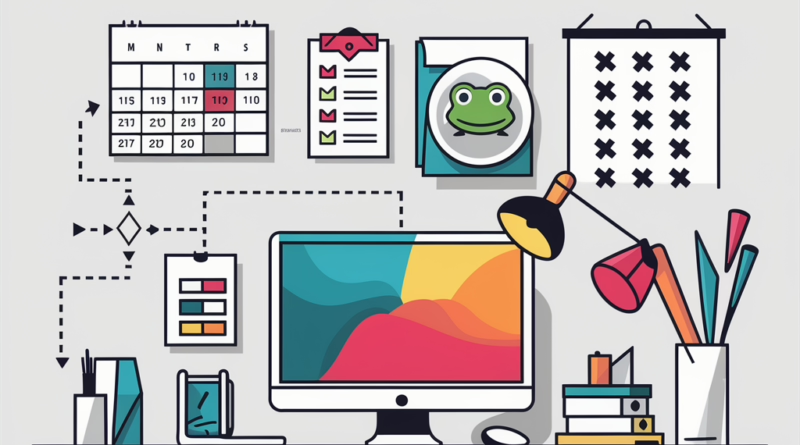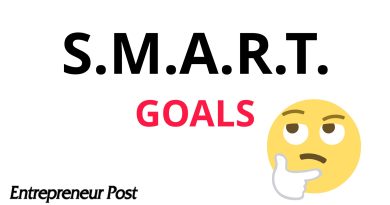Top 9 Productivity Tactics Every Entrepreneur Should Master
Entrepreneurship demands the ability to manage time and energy effectively. With countless tasks competing for attention, it’s easy to feel overwhelmed. The good news is that there are time-tested productivity tactics that can help entrepreneurs focus, prioritize, and execute at a higher level.
I have personally tried many such tactics, and decided to make a list of those who worked the best for me. These are some of the most powerful approaches worth adopting, but keep in mind that you need to find what works for you.
1. Parkinson’s Law: Work Expands to Fill the Time Allotted
Cyril Northcote Parkinson observed that tasks often take as long as the time we allow for them. If you give yourself a week to finish something, it will likely take a week—even if it could have been completed in two days. This was a game changer for me, because this tactic singlehandedly killed procrastination, and allowed me to achieve all the tasks set for the day.
How to apply it:
- Set shorter, challenging deadlines.
- Use timers (like the Pomodoro Technique, 25 minutes of focused work with 5-minute breaks).
2. Eat the Frog: Tackle the Hardest Task First
Popularized by Brian Tracy, “eating the frog” means starting your day by tackling your most difficult, high-impact task—the one you’re most likely to procrastinate on.
This tactic allows me to make the most progress. Tackling the most important task first allows you to really see progress even if not all the other tasks were done.
How to apply it:
- Identify your “frog” the night before.
- Block the first 1–2 hours at the beginning of your workday for it.
- Protect this time—no emails, no meetings, no distractions.
3. The Seinfeld Strategy: Don’t Break the Chain
Comedian Jerry Seinfeld reportedly built his career by writing jokes daily and marking an “X” on his calendar. The goal wasn’t perfection, but consistency. The growing chain of X’s became a motivator not to break the streak.
This tactic works best for learning or writing, worked less well for other kind of tasks. I applied it multiple times in the past to create articles on this blog.
How to apply it:
- Pick one task (writing, sales calls, coding, journaling).
- Do it daily, even if for a short time.
- Use a wall calendar or habit tracker app to track progress.
4. Eisenhower Matrix: Urgent vs. Important
President Dwight D. Eisenhower prioritized tasks using a simple framework:
- Important & Urgent: Do immediately.
- Important but Not Urgent: Schedule.
- Not Important but Urgent: Delegate.
- Not Important & Not Urgent: Eliminate.
This method forces clarity about what really deserves your attention.
This tactic is usually better for management tasks.
5. Time Blocking: Protecting Focused Work Sessions
Instead of working reactively, time blocking involves scheduling dedicated chunks of time for specific tasks. This prevents “context switching” and ensures deep focus.
How to apply it:
- Block 2–3 hours for deep work each day.
- Batch similar tasks (emails, meetings, admin work).
- Treat calendar appointments with yourself as non-negotiable.
6. The Two-Minute Rule
From David Allen’s Getting Things Done: if a task takes less than two minutes, do it immediately. This prevents small tasks from piling up and clogging your mental bandwidth.
This is a good strategy in my opinion to get rid of small tasks that fill your agenda for no real reason.
7. The 80/20 Principle (Pareto Principle)
Roughly 80% of results come from 20% of efforts. Identify the small set of tasks that produce the biggest outcomes and double down on them.
I like it, but i kind of disagree, as some tasks that might bring no result now, could bring a lot after some time of consistent effort.
8. Batch Processing & Themed Days
Constant task switching drains energy. Instead, batch repetitive tasks or assign themes to days. For example:
- Mondays: Strategy & planning
- Tuesdays: Sales & outreach
- Wednesdays: Marketing
This allows for deep immersion and momentum.
9. Energy Management, Not Just Time Management
Your productivity isn’t only about hours worked—it’s about when you’re at your best.
- Tackle high-focus work when your energy peaks.
- Use low-energy times for admin or creative recovery.
- Prioritize sleep, exercise, and breaks.







